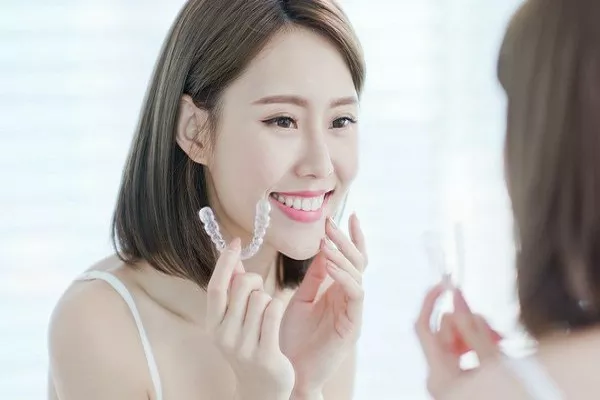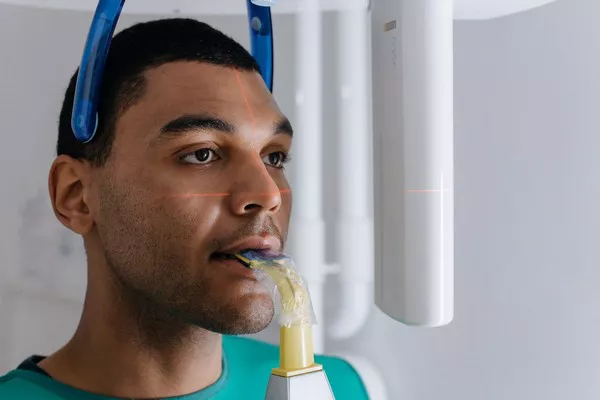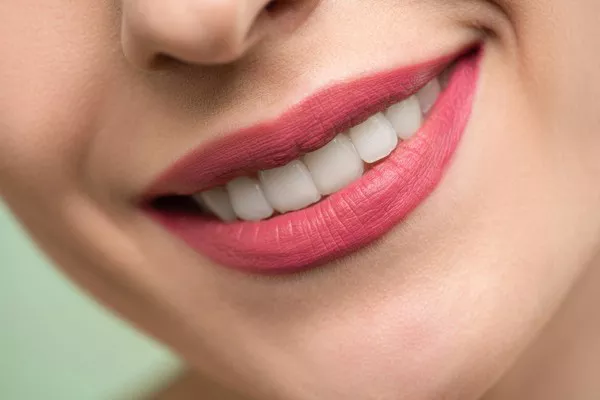With the improvement of living standards, people’s demand for oral health and dental aesthetics has become stronger and stronger, followed by the rapid development and application of dental aesthetic treatment technologies and products.
Literature and clinical practice show that non-invasive tooth whitening can help to restore the natural color of teeth, improve the aesthetic effect, and ensure the safety when used correctly.
In order to standardize the application of non-invasive tooth whitening products and the implementation of treatment techniques, and to prevent the possible harm caused by non-standard use, the Chinese Stomatological Association organized relevant experts to conduct extensive discussions on the definition of tooth whitening treatment and related technical issues, and formulated the following guidelines.
Non-invasive tooth whitening treatment is defined as a treatment that improves or restores tooth color by chemical, physical and other means to achieve aesthetic effects without changing the morphology of tooth hard tissue surface by invasive methods (such as mechanical grinding or strong acid corrosion).
Non-invasive tooth whitening treatment (abbreviated as whitening treatment) includes two methods: office use and home use.
The scope of application of whitening treatment includes: the color change of teeth caused by exogenous factors, which is not improved after mechanical cleaning and polishing;
Color change of teeth caused by aging factors;
Adjustment of tooth color with other oral treatments, such as abutment tooth color adjustment before resin-bonded restoration, veneer restoration, full crown restoration, and adjacent tooth color adjustment before and after traditional denture restoration and implant restoration.
Whitening treatment after orthodontic treatment;
Mild to moderate dental fluorosis without morphological or structural defects;
Mild to moderate tetracycline teeth without morphological or structural defects;
Other mild-to-moderate endopigmented teeth without morphological or structural defects.
The non-applicable scope of whitening treatment includes: those who do not fully understand the effect and prognosis of whitening treatment or whose expectation is too high;
Pregnant and lactating women;
For severe tooth sensitivity, the cause of tooth sensitivity should be diagnosed before whitening treatment.
Those with severe tooth fissure;
The pigment deposited on the tooth surface does not belong to the whitening scope. The pigment should be removed by cleaning and polishing, and then further whitening treatment should be considered.
Allergic to peroxide and other related preparations or materials used in whitening treatment.
The types of whitening treatments and whitening agents used in the implementation of non-invasive tooth whitening treatments must be regular products approved by the relevant competent authorities. Over-the-counter (OTC) whitening products purchased and used by patients themselves are not covered by this guideline, and the efficacy of such products is not evaluated in this guideline.
Clinical whitening treatment refers to tooth whitening treatment performed by dental professionals in dental clinics. The active ingredients of whitening preparations used are peroxide and other ingredients that can change or reduce the color of teeth. In the treatment, physical methods such as light can be combined to assist the treatment.
It is suitable for patients who require whitening effect in a short period of time, and patients who are unable to wear or unwilling to wear individual trays.
In order to ensure safety, the whole process of whitening treatment should be completed by dental professionals.
Home whitening treatment refers to the method that patients wear individual trays containing chemical whitening agents at home under the guidance of dental professionals.
It is suitable for patients with conditions and ability to perform whitening treatment at home under the guidance of professionals.
For some endogenously discolored teeth or severely pigmented teeth, it can be combined with home whitening treatment on the basis of office whitening to enhance the efficacy.
Clinic whitening treatment steps to complete the foundation to record before treatment teeth color information, complete whitening treatment preparation: oral tissue protection, cross infection protection – whitening treatment: according to the instructions on the use of the beautiful white product specification operation – after treatment processing: clean mouth, when it is necessary to use the desensitizer – after the doctor’s advice:
Notice ¡ú Record tooth color information after treatment: record colorimetric results and take digital photos.
The colorimetric results or photos before and after whitening treatment can be used as a reference to judge the efficacy. However, the whitening effect of teeth is affected by many factors, such as environment and expectation, and the comparison before and after treatment should be considered in the evaluation.
Therefore, a record of tooth color before and after treatment should be kept to provide a basis for further whitening plans if necessary.
Common Problems and Treatment after whitening treatment Tooth sensitivity Mild to moderate tooth sensitivity may occur during the middle and late stages of office whitening treatment and early stages of home whitening treatment.
Treatment: ¢Ù Avoid eating too cold and overheated food during whitening treatment and 24 hours after treatment;
¢Ú Dentin desensitization agent can be applied after whitening treatment when necessary.
Gingival and soft tissue discomfort whitening preparations have a slight irritation to gingival and soft tissue, can produce intraoperative or postoperative discomfort symptoms.
Treatment: When the symptoms are obvious during the operation, check and remove the whitening agent attached to the gingiva, and thoroughly clean the mouth.
Discontinue use if necessary.
Minor intraoperative and postoperative discomfort generally does not need to be treated and symptoms may resolve within a few days.
Gingival margin whitening is temporary, does not require special treatment, generally in a few days to recover spontaneously.
Maintenance of whitening effect ¢Ù Consolidation treatment: according to the patient’s oral hygiene and eating habits, whitening treatment can be repeated at intervals of 1 to 2 years.
(2) Routine maintenance: maintain good oral hygiene and eating habits, avoid eating or using food, drugs and other pigment substances that can cause tooth coloring;
Regular maintenance, regular dental cleaning and polishing and other auxiliary maintenance measures.






























